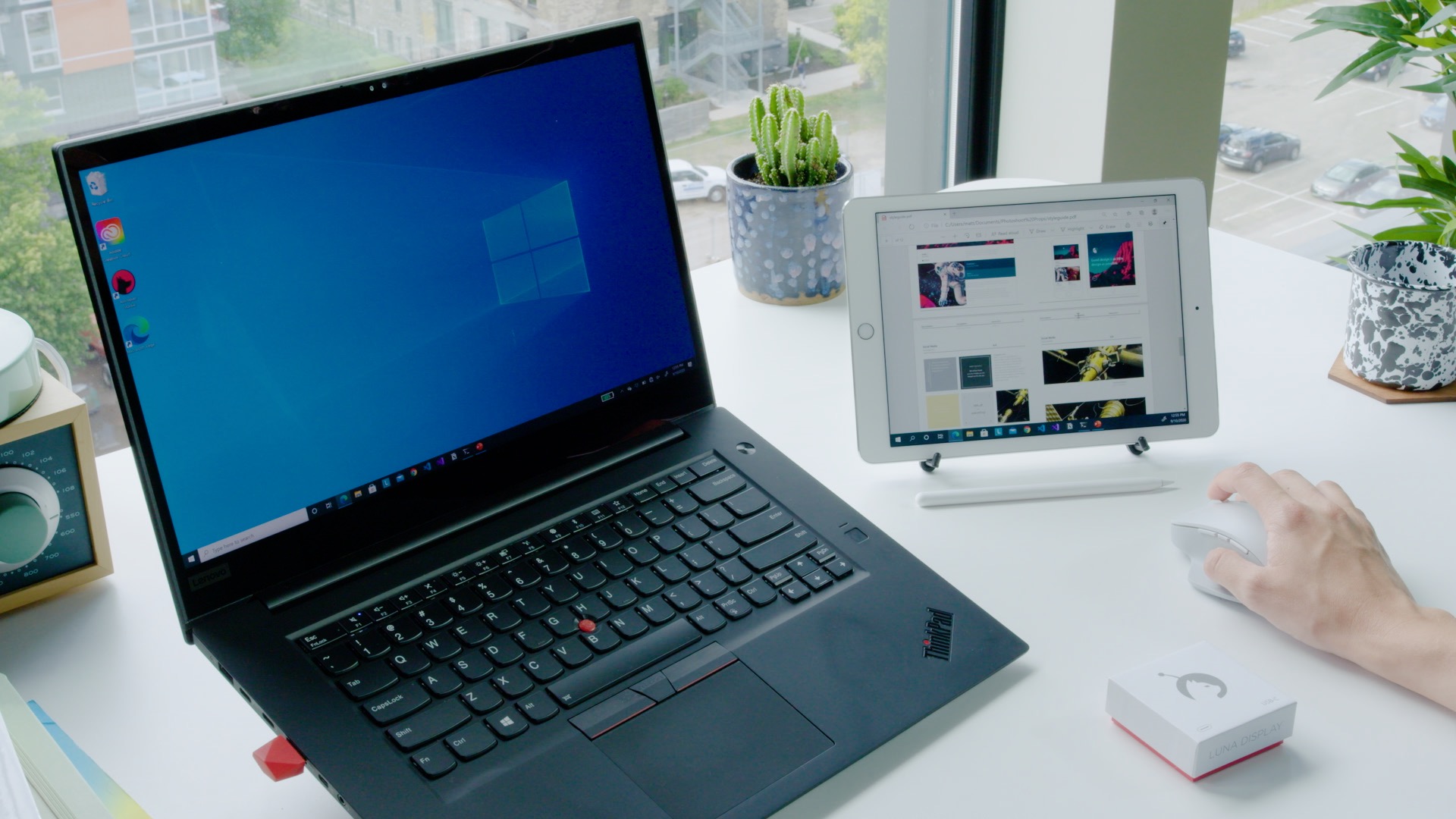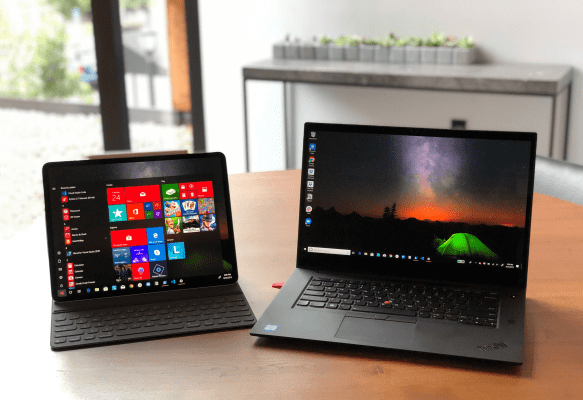The Luna Display from Astropad is a clever product enabling you to use your iPad as a second display. It was originally launched for Mac only, but Apple launched a competing product, putting the company in jeopardy for a couple of years. Today, it’s available for Windows machines as well, completing Astropad’s pivot to a multiplatform product.
To say that the company has had a hard time with bringing its products to market would be the understatement of the century. We’ve been following the company and its product for its long and arduous route. The company originally launched its product about five years ago, then added a wireless module back in 2018 to get rid of the pesky wires. Its rapid rise to stardom was torpedoed when Apple launched Sidecar back in 2019, effectively making Luna’s product moot, and sending the company into crisis mode.
To its credit, the company and its founders have been good at staying transparent with its offering throughout. Once Apple beat it at its own game, the founders kept the lights on and announced a year ago that it pivoted to working on a Windows product instead, fueling its product development with a $400,000 Kickstarter project.

The red dongle on the left of the computer is the Luna Display. Here, it’s wirelessly throwing to an iPad operating as a secondary display. Image Credits: Astropad
As part of the Kickstarter project, Astropad originally promised a May 2021 launch, but as things go in the world of product development, the company and its 6,000 Kickstarter backers were treated to a number of delays along the way. It’s been a long time coming, but that Windows product is finally here, along with version 5.0 of Luna Display. On paper, at least, the product looks promising; the Luna dongle plugs in and communicates with Mac or Windows operating systems, unlocking iPad support for gestures, Apple Pencil and the use of external keyboards. The company claims a latency of only 16ms. Not as good as Apple’s claimed 9ms latency for its Sidecar product, but it’s quick enough for most use cases that don’t require real-time input. Don’t expect to be doing heavy-duty design work or gaming on the display, in other words, but showing a Chrome tab or a Word document will work perfectly fine.
The company claims that its customers have been clamoring for Windows support, with a total of 8,000 preorders. No doubt, its patient and loyal followers will be delighted that they can finally get their mitts on the product they’ve been waiting for.
The solution supports a few different modes of operation — you can use an iPad as a secondary display, you can use another Mac (including older equipment) as a secondary display, or you can run the product in “headless mode.” In this configuration, you can use your Mac or PC as the primary display for your desktop Mac — such as a Mac Mini or a Mac Pro.
To build out the software stack powering the solution, Astropad relied on the Rust programming language. For fans of such things, the company’s CEO Matt Ronge did an interesting deep-dive into the pros and cons of using a relatively new language to build a low-latency solution.
“With Rust, we’ll have a high-performance and portable platform that we can easily run on Mac, iOS, Linux, Android, and Windows,” says Ronge. “Not only will this drastically expand our potential market size, but we also see many interesting new uses for our LIQUID technology that we’ll be able to pursue with our Rust based platform.”
Luna Display costs $129, and is available directly from Astropad starting today, for both Mac and Windows, using USB-C, Mini DisplayPort or HDMI connectivity.
